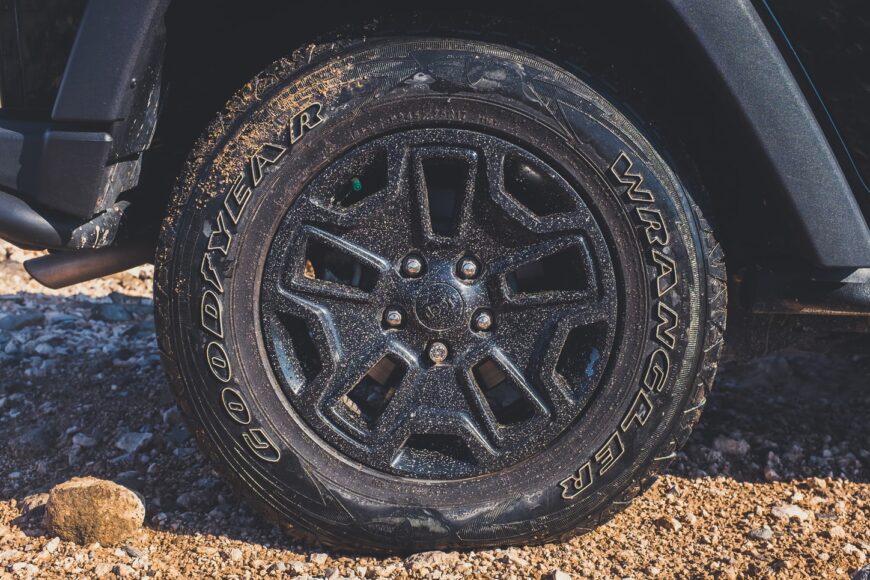- February 9, 2022
- By Murrays Tire Team
- In Tires
- 2473
- 0

When you’re out on the open road, it’s important to make sure your vehicle is in good condition. One of the most important things to check is your tire tread. If you notice that your tread has worn down, you may need to consider plugging your tire or getting a spare. So let’s discuss the differences between plugging your tire and when it’s necessary to use your spare. We can also explore some tips on how to make sure your spare tires are in good condition.
So first, let’s identify the differences between the appropriate time to plug a tire versus completely getting a spare when we find ourselves in a blowout situation.
When you have a spare tire, it’s exactly that- an extra tire to put on your car in case of an emergency. This is different from plugging a tire, which is a temporary fix for when you have a smaller hole or leak in your tire. Plugging a tire means that you will not have to change out the entire and, of course, this is the least expensive route and what we hope for when we have a blowout situation.
In the event that you would need to plug a tire, there are a few tips to take note of to make sure you are making the right decision and to make sure it stays in good driving condition to last long term.
To determine whether or not you may actually need a spare, there is really just one thing to take note of. If your tire has gone flat and is falling off the rim, it’s time to replace the tire.
So let’s get into a few tips on making sure the spare is going to be worth the fix:
Driving on a spare that isn’t properly inflated or doesn’t have enough tread can be dangerous and could lead to an accident. This is definitely something to also make sure your actual tire isn’t doing!
There are two ways to cater to a tire issue. Either you’re going to plug or replace. Knowing which to do is a key part of car ownership so be sure you know how before getting stranded on the side of the road. You can always call a tow truck or roadside assistance but that gets expensive quickly, so hopefully, our tips help you so the next time you find yourself with a tire blowout, you’ll know exactly what to do.





